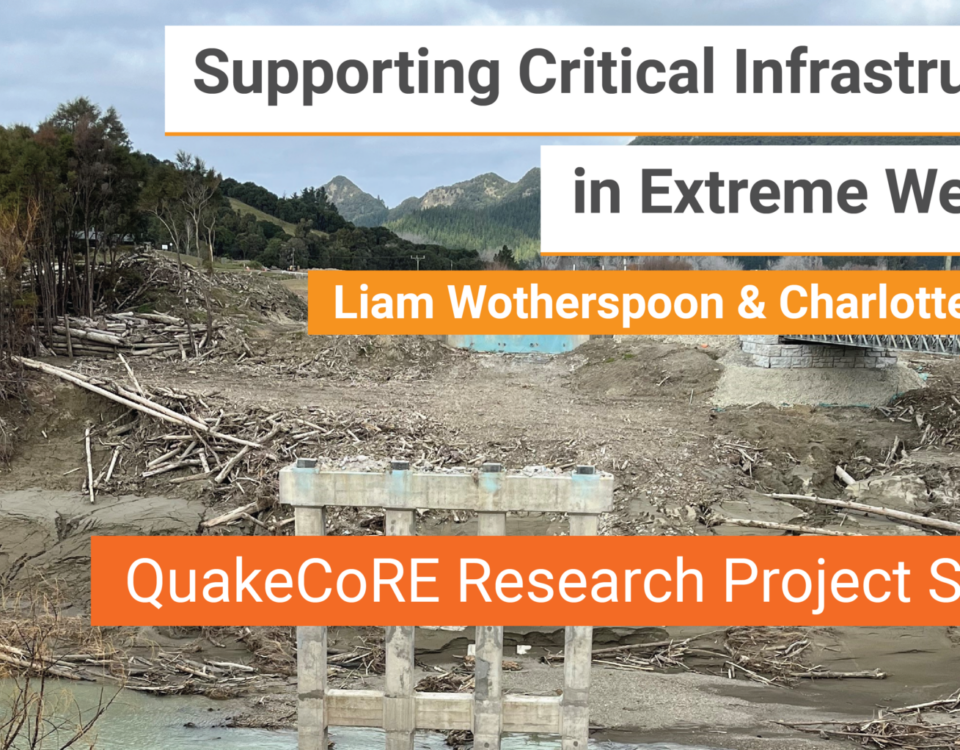
Auckland Emerging Researchers Chapter hosts Mātauranga Māori Workshop
August 17, 2018
2018 Annual Meeting Awards
September 5, 201810 am Friday 5 October
| Sjoerd Van Ballegooy
Tonkin & Taylor |
Scrutiny of Simplified Liquefaction Triggering Procedures Using Liquefaction Observations From Historical New Zealand Earthquakes
Following the 2010-2011 earthquakes in Canterbury, New Zealand, a number of studies have been undertaken to scrutinize the accuracy of simplified liquefaction evaluation procedures in predicting liquefaction triggering (manifestation) and associated damage. Liquefaction damage indices such as LSN were calculated, utilising the simplified liquefaction triggering procedures, for 20,000 CPT in Christchurch and compared with the liquefaction observations. In addition to the 2010-2011 Canterbury earthquakes, liquefaction has been also been documented for upwards of 12 other recent and historical earthquakes in New Zealand, including the 1855 Wairarapa, 1931 Napier, 1968 Inangahua, 1987 Edgecumbe and 2016 Kaikoura earthquakes. Liquefaction observations from these case-history events have been collated and CPT data has also been collated to develop a more representative New Zealand-wide liquefaction case history dataset from a variety of earthquake events with magnitudes ranging from 5.7 to 8.1. Liquefaction damage indices have been calculated for these case histories and similar to the results from the Christchurch studies, the conclusions are that that the liquefaction indices are capable of depicting general trends in the liquefaction damage, but there were a significant number of cases where the predictions from the simplified methods are inconsistent with observations. Importantly, biases in the predictions are seen in which systematic over-prediction of liquefaction occurrence or miss-prediction is observed in specific areas, and for certain types of soils and stratification of deposits
For all these case histories, key differences are examined in the deposit characteristics of sites where liquefaction has historically occurred with sites where liquefaction has not occurred, even though the simplified liquefaction triggering methods predict that liquefaction should have occurred. The results show that sites where liquefaction occurred typically exhibit thick deep deposits of material with soil behaviour type index (IC) values less than 2, whereas sites where liquefaction did not occur typically exhibit highly stratified sites where low IC soil deposits are frequently interlayered with silty and clayey soils with much higher IC values. The likely reason that the simplified liquefaction triggering methods are over-predicting in the highly stratified soils is because in the simplified procedures each soil layer is considered in isolation, and a factor of safety against liquefaction triggering and volumetric strains are estimated separately for each soil layer. Liquefaction damage indices, such as LSN and LPI use weighting functions to quantify the damage potential of liquefying layers, but in these calculations, interactions between different layers in the pore water pressure re-distribution and water flow are ignored. Hence, the key mechanisms of system-response of liquefying soil layers that potentially contribute to liquefaction manifestation at the ground surface are not accounted for in the simplified procedures.
For details on how to join the seminar – return to the 2018 Seminar series home page link





